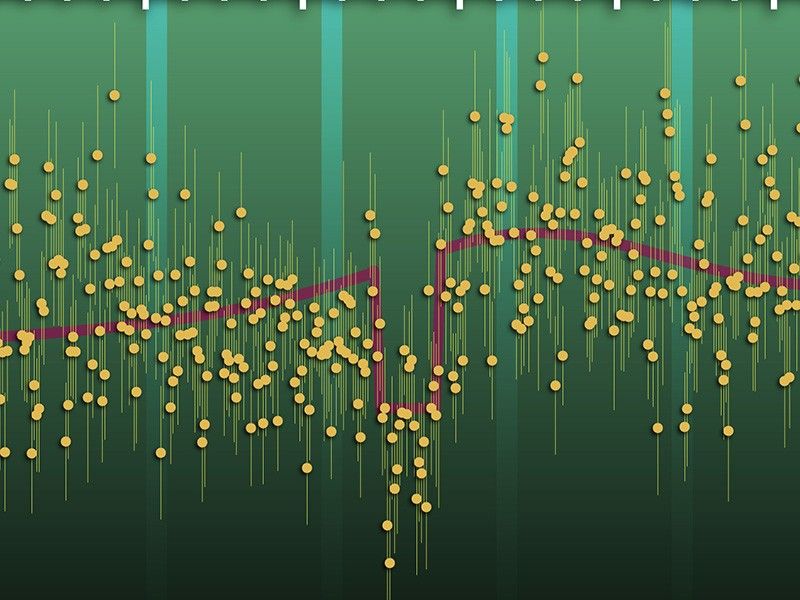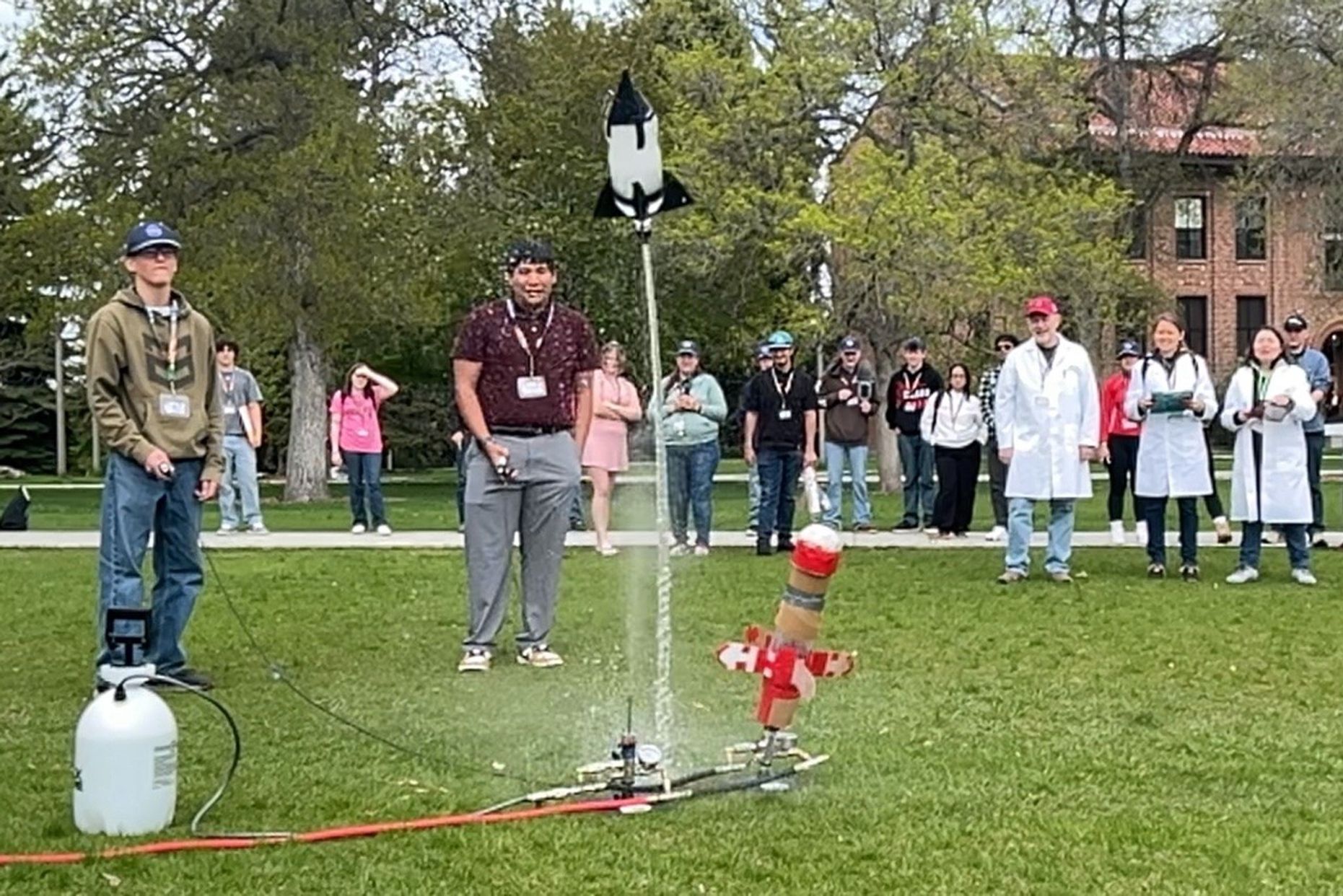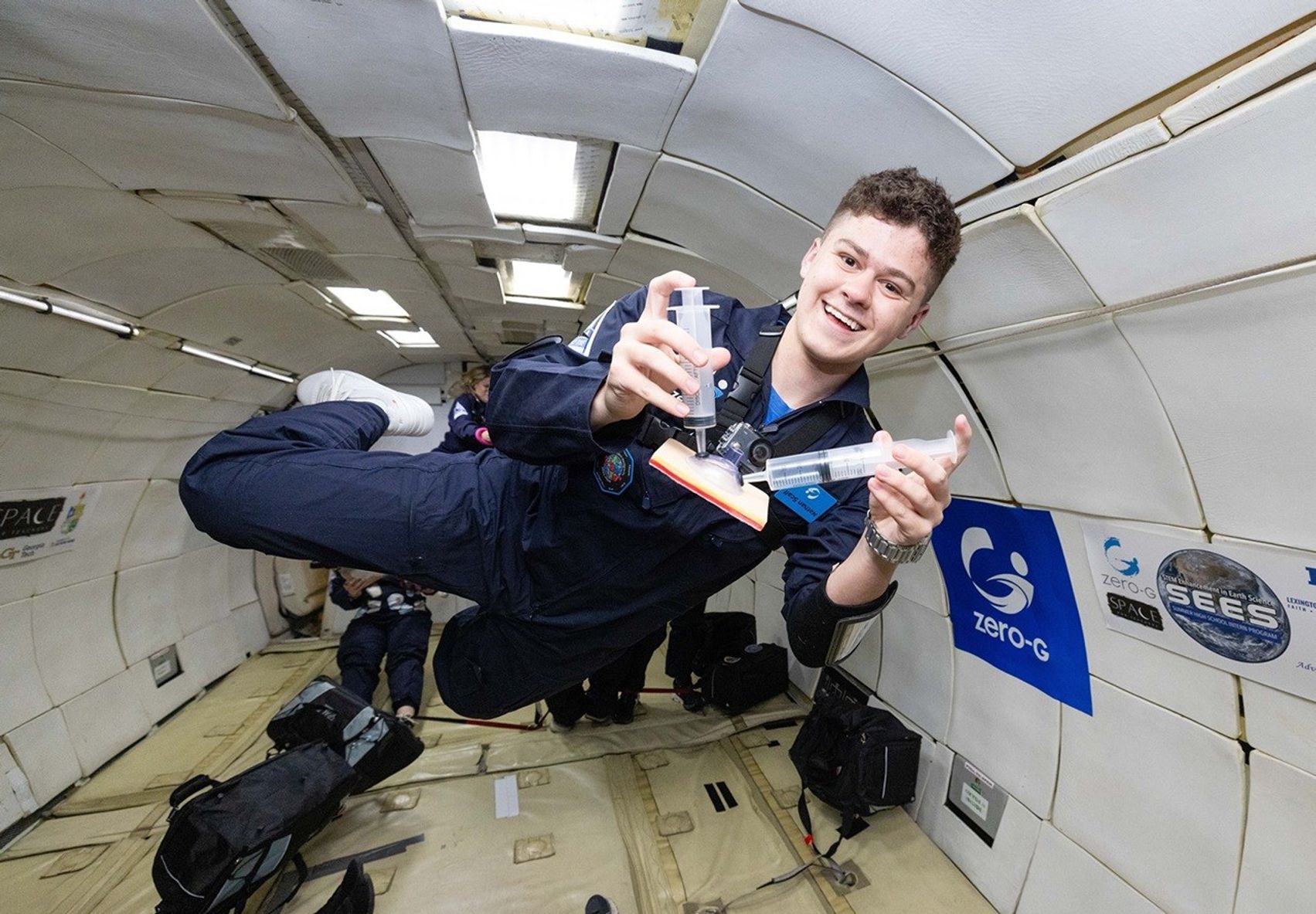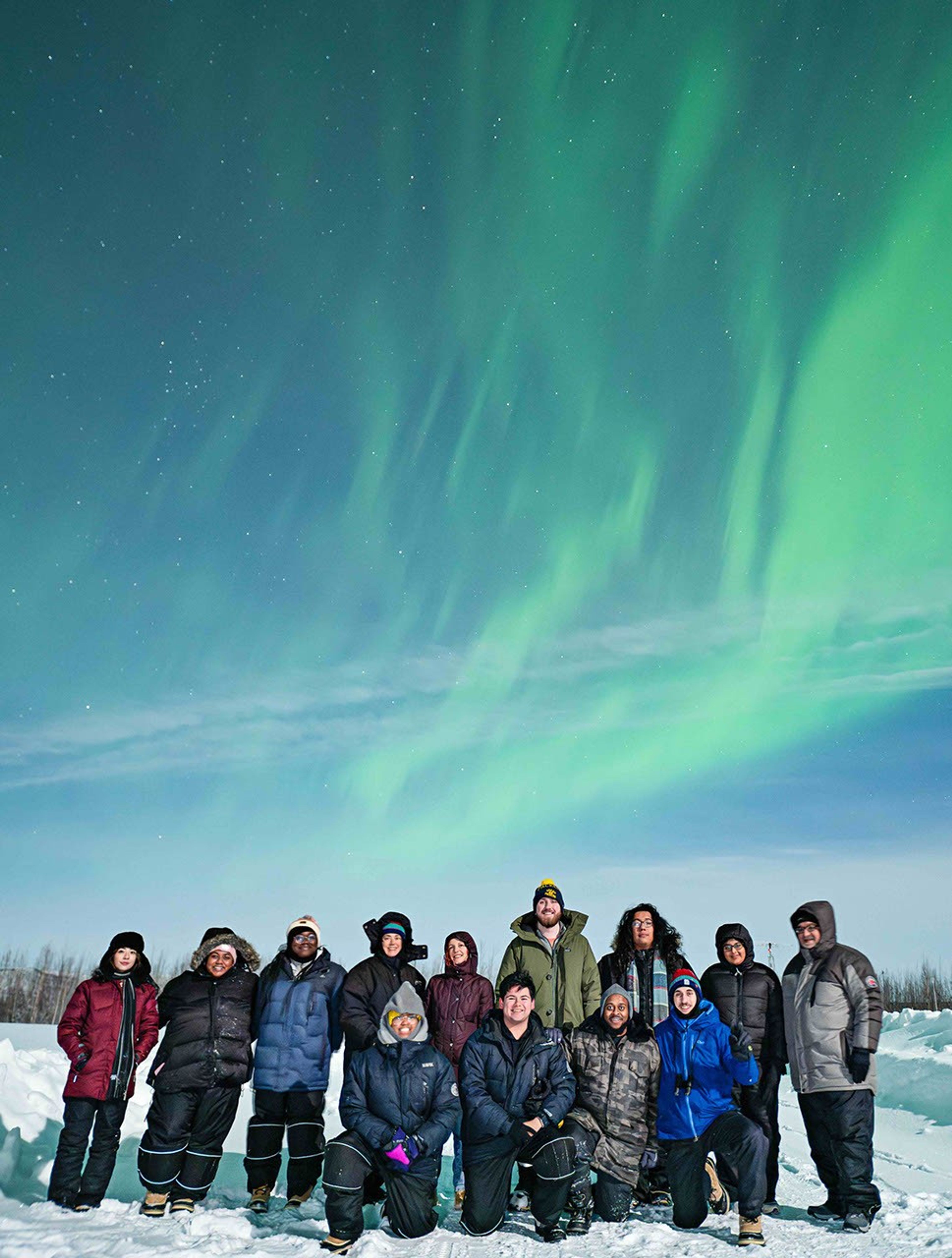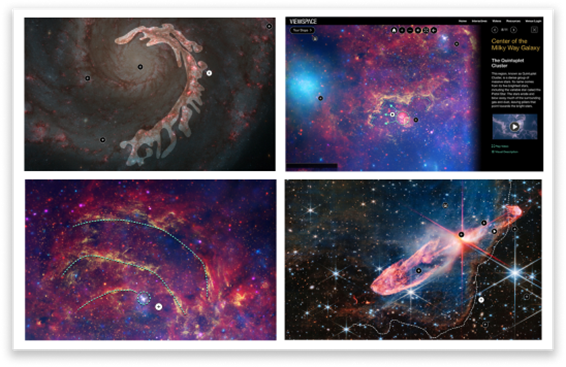Learn More and Get Involved
Learning Resources and Opportunities
-
Summer of Planetary Science
Looking for something fun, educational, and out-of-this world to do this summer? You’re in the right place! NASA’s Summer of Planetary Science brings you weekly hands-on activities and real opportunities to do science from home. Whether you’re a student, a parent, an educator, or a lifelong space fan, this is your launchpad to explore planetary science – all you need is a screen and a little curiosity.

-
Learn Math with NASA Science
Whether you’re an educator or an independent learner, the following will help you find math learning resources from NASA Science! These sites offer ready-to-use activities and resources to launch into learning that connects math with NASA’s out of this world science.
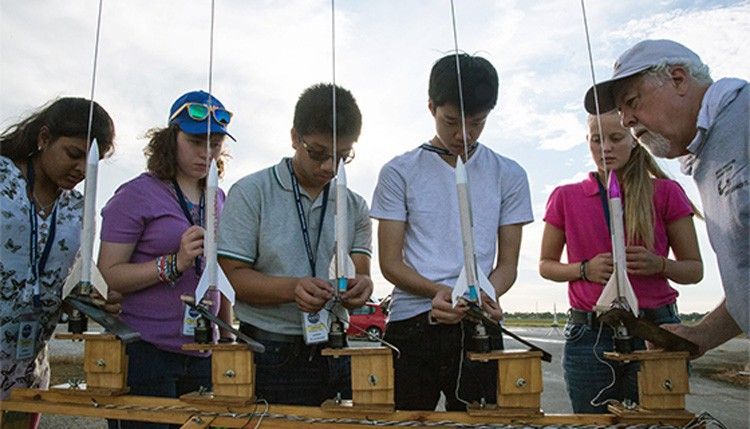 High school students build and launch model rockets during one of NASA's many education activities.
High school students build and launch model rockets during one of NASA's many education activities.
Meet the sciact COMMUNITY
Learn Science with NASA
Find connections to NASA science experts, real content and experiences, and learning resources. Activate minds and promote a deeper understanding of our world and beyond.
The Science Activation program is a cooperative network of competitively-selected teams from across the Nation working with NASA infrastructure activities to share NASA science with people of all ages and backgrounds. The program is informed by a 2019 assessment from the National Academies of Sciences, Engineering and Medicine and was recognized with a NASA Agency Honor Award in 2022 and the AGU Excellence in Earth and Space Science Education Award in 2024.
Explore More about Learn Science with NASA
By the numbers
- We Collaborate - 48 Active Teams. A cooperative network of competitively-selected teams and NASA infrastructure activities across the Nation connects NASA science experts, content, and experiences with communities to activate minds and deepen understanding of our world and beyond.
- We Leverage - 1102 Partnerships. We extend our reach through strategic partnerships with community-based and audience-based organizations to support institutional, state, and local efforts. These partnerships have increased by nearly a factor of five since 2016 based on the maturity of networks.
- We Connect - 1017 scientists involved. NASA and NASA-funded scientists work with Science Activation behind the scenes and directly with learners to share the story, the science, and the adventure of NASA science. The number of scientists involved has increased more than 50% since 2016.
- We Innovate - 164 Papers published. Our teams use evidence-based solutions to reach and motivate people of all ages and backgrounds and document them so that others can benefit. Our work has been cited more than 1460 times to date.
- We Provide - 1005 learning resources in a searchable catalog.
- We Engage - 119 Million public interactions. In 2024, Science Activation teams facilitated more than 119 million interactions with NASA science. This 57% increase over 2023 is credited to the total solar eclipse and the effectiveness of community partnerships. Teams reached audiences in more than 75% of US counties.
- We Reach - 55 States and territories. The SciAct program reached learners in all 50 states, DC, and all US territories in 2024. Explore our network in our Interactive Reach Map.
- We Empower - 100% communities. More than half of SciAct teams focus on broadening participation of underserved communities; while the rest support broader participation more generally.



































